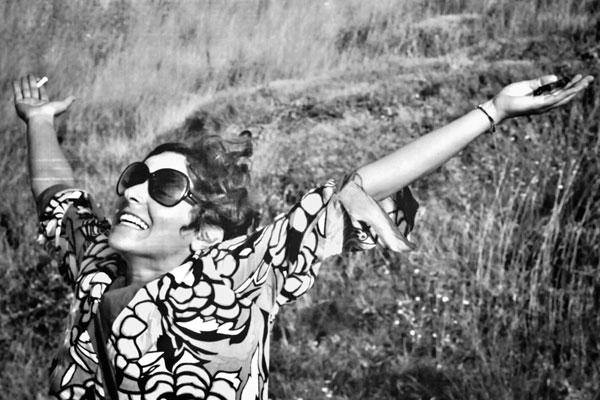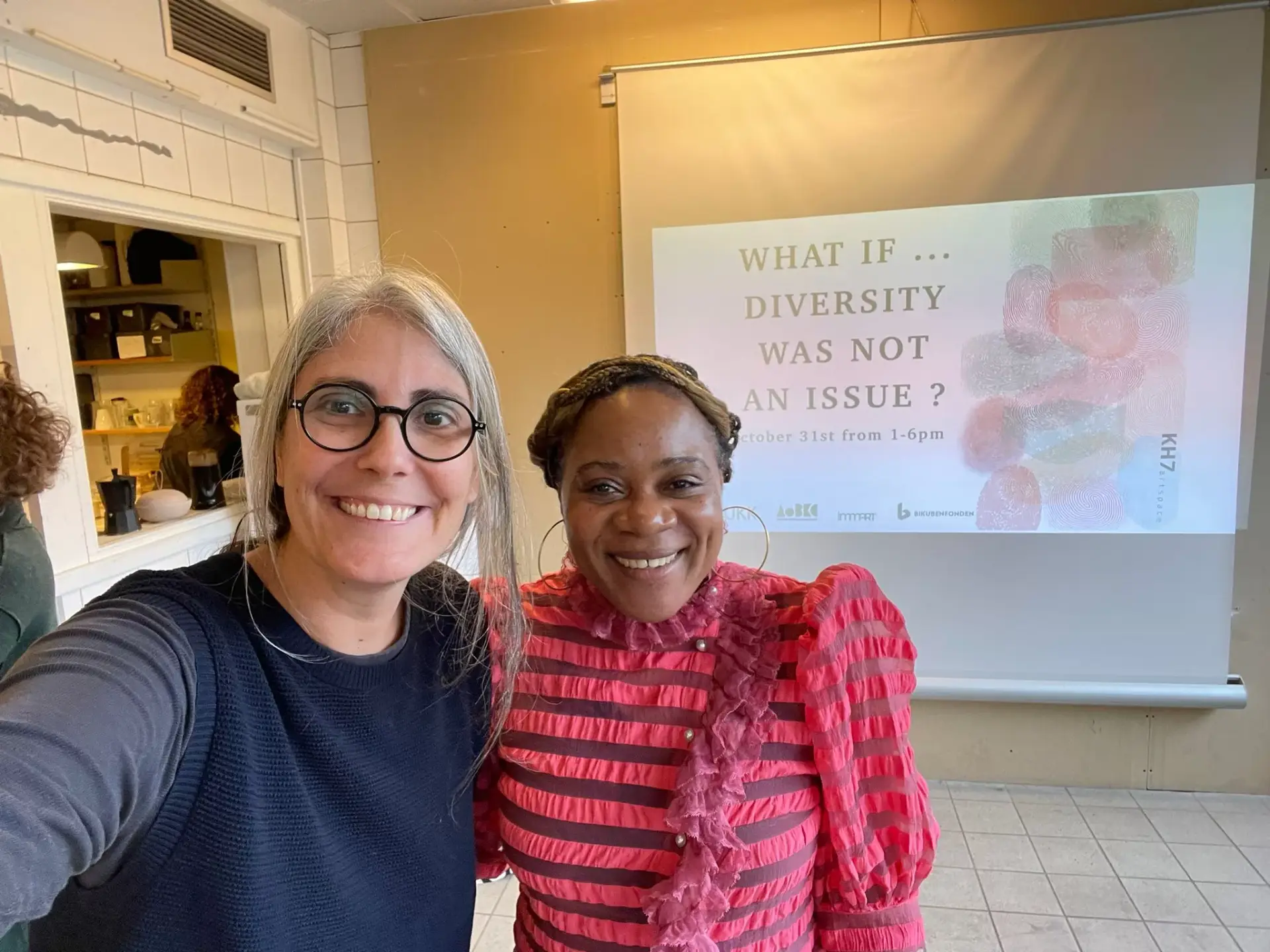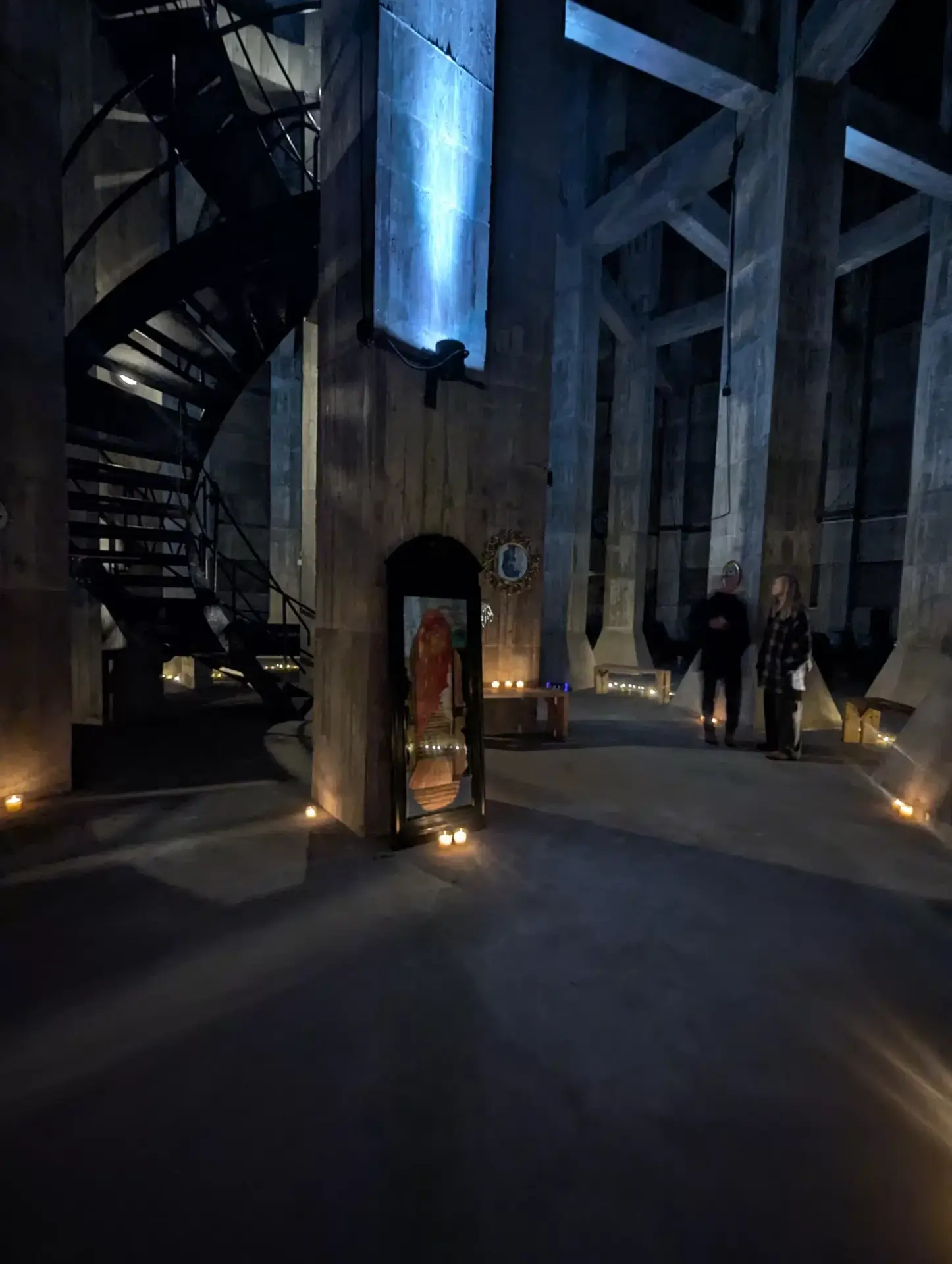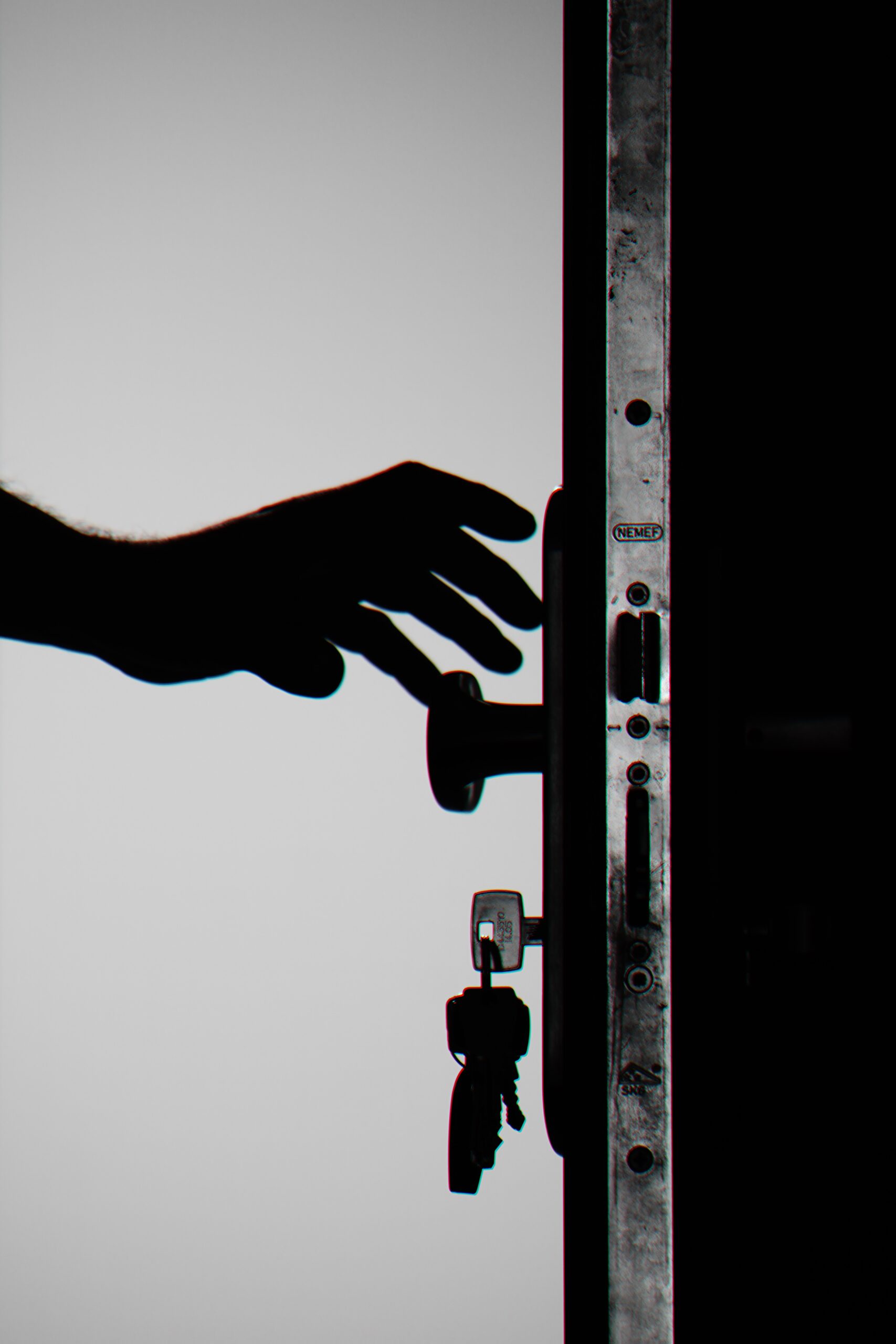Bloggen kan læses på dansk i kunsttidsskriften KUNSTAVISEN
Written by Angélique Sanossian
Edited by Nicol Savinetti
An impressive art exhibition spiced up with an exceptional location whose setup added a different dimension to the whole exhibition yet completed it.
This summer my lover and I decided to stay and spend summer in Denmark where my family planned to visit us. On one of those few worthy sunny days we took them out to the countryside in west Sjaelland.
We had a plan to stop for Kaj’s exhibition, an artist I met during a Julefrokost at my in laws. I knew his style and I thought my siblings would enjoy a different artistic stop.
We reached the location … I didn’t expect the choice of a stable for the exhibition. The smell in the location took me a while to digest and get things clearer in my head … I was impressed with his untraditional approach maybe because I had made a prejudgment in my head and I assumed that he might choose a hall or a very traditional way to exhibit his paintings and it hit me – I was astonished.
Over the last decade, it’s been fashionable and remarkable to transform lofts and industrial factories into wedding party venues or galleries and modern contemporary museums but I never experienced an art exhibition in a stable … might not be as exciting for some of you and might not sound like an original idea but for me definitely is one … especially the fact that farming and Danish history talk to each other perfectly, and talk to me personally with my observation in living donnishly … hence, I anticipated that I would reflect loudly and interview Kaj for this blog. But just before we move to the interview part, enjoy my short echo …
A journey into Kajs creation, a detailed work full of patience and love, a symmetrical and balanced approach using contrasting yet harmonious colors.
A journey of a disciplined outlines that gives you the impression you might reach a mathematical solution for a complex problem in the last piece hanging while you tour the exhibition .
On the other hand you may find interesting solutions the more your look at each painting individually … you may also find that this system of harmony got lost in one or two very small areas in the artwork journey with a small piece of overlapping, cluttered, chaotic colors comparing to the complete artwork.
Which led me to pause and question – WHAT MAKES GOOD ART?
Cheryl Haines, Haines Gallery, San Francisco answered it with in a beautiful way that I would love to quote: “Clear intention, unwavering dedication, patience, perseverance, self-awareness and the drive to make for yourself and no one else.”*
And in my humble opinion I think Kaj’s work completes what Cheryl stated.
1. Can you tell us about yourself in few words? What’s your passion in life, or in other words, what’s your story?
My name is Kaj Flemming Nielsen and I was born in Ruds Vedby on July 1, 1952. After school, which ended with a college degree and military service, I was employed in Privatbanken, where I worked and they trained me for 40 years until I stopped.
I went to Nordea in 2014. I worked primarily with international banking – in London, for example, a year back in the 80s – and ended up as Senior Analyst in Nordea’s major customer department.
Curiosity is the driving force in my life. In my work at the bank, I worked extensively with new business areas and tailormade financing. I do not know what made me paint, but I painted my first “oil on canvas” picture when I was 18, and since then I’ve had it as a “serious” hobby.
Curiosity and learning go hand in hand. And I must admit that the curiosity and learning I practiced in my work where the goal was a financial result on the bottom line is not conducive to the creativity and learning ability needed to learn and use the image symbols – the language and the language of the color and the way of communicating. Therefore, I have only felt a slow development in my painting work over the many years. I have had the ideas, but I have not been able to express them on the canvas. I was somewhat “blocked” by rational thoughts. Now it’s the other way round. I can concentrate on learning and disseminating “imagery”, while all that has to do with financial thinking is blocked by irrational image thinking.
My inspiration is to discover new pictures and learn to speak its language, which can tell so much more about life and existence than the spoken and written language can. Pictures are a rich addition to words and speeches.
2. How long have you been painting and preparing for the exhibition. Is it since you stop working until now ? Or did you have some years when you did not paint?
The theme for the exhibition “Café Tidsrummet” was an idea I had five years ago when I turned 60. I painted the big theme picture, which is the center of the exhibition, in 2012, and I painted a few pictures in 2015, but only this year did I fill the theme frame with 23 new paintings. As mentioned, I also had the ideas before I quit my job, but it was only after I stopped that I was able to manifest and develop the ideas on canvas. A number of paintings in the exhibition are painted with the exhibition site – an old stable – in mind. An image is not just a decorated plan flat on a wall, but it’s also the space it creates and it can also reflect the space it is in. An image has not been successful before it is part of an image-based dialogue with the surroundings.
3. Can you tell us more about the location chosen for the exhibition and the setup designed to present your work. Why this presentation and was it your idea?
Kostalden is a scene that reflects human culture throughout the ages. Animal husbandry, dairy production, daily work for food, architecture, decay and a dense mood of sensory impressions in the form of sound and smell that one can still sense 40 years after the last cow left the stable. A perfect place to sit with a cup of coffee and a piece of cake and feel the sense of being … or “not to be”. Honest art can only ask questions – never give answer. Does time pass like water in a river – without stopping? Or is it in rhythym with the second hand on a Quartz watch like a pearl necklace of small moments, where you can look back and look forward before taking the next step in life?
4. Can you tell us more about the atelier opening 14th of October 2017 kl.14.00 ? How did it start? Why do you feel there was a need for such an initiative at this stage of your life ?
My personal idea or purpose of this exhibition is to find out how far I have come with my curiosity and maybe be able to figure out where going forward I can set the target for my work. I think that can only be done in the meeting with the audience, and I’m so happy to meet people at the exhibition because it gives me so much back, although maybe no words are said – the visual dialogue happens regardless of words and often without knowledge or acknowledgment from the participants.
As said, this exhibition is a “milestone” and the start of a new “mile” will be that my wife, Anette Slot, and I open a small gallery, Galleri Tidsrum (Gallery “Time Period”), at the address where we used to live, Ougtvedvej 2 , 4291 Ruds Vedby. Anette, who herself is a craftsperson (weaving etc.), has always been an invaluable help in my work. We are always in close dialogue with the pictures, and I get all the sparring I need in the idea and production phase. As such, the gallery has become a joint project.
5. Do you feel it’s very hard to get to the artists’ circle in Copenhagen?
Galleri Tidsrum will not be focused on selling art, as most are, but at the heart of ongoing dialogue with the audience as a basis for moving on in my curiosity. It will be a base from which my images will be viewed, and may open up opportunities for other exhibitions in the future.
As an autodidactic and coming from the provinces, it is difficult to come to terms within the established artist environment. It is not a criticism of this, but a prejudice I have that I would have to spend too much energy explaining my eligibility, rather than explaining my art. One can easily sense that the established art environment, might view and autodidactic as someone who wants to earn some easy money from something that resembles art, to the detriment of those who are real artists. This is a problem I avoid by exhibiting in our own gallery – I speak directly to the end user of my work.
It would of course be a pleasure if the established artist’s environment would open up to me, and if it were also interested in art, which has the characteristic of so-called recognized art that but has been created with experiences from a life outside the art circle – there in most people’s everyday and where the wider work on our material and spiritual life takes place, which is, after all, the condition of culture.
Please find below my sister Stephany’s reflection:
“As a tourist who was touring around the countryside, we step aside for an exhibition held by Kaj F Nielsen. The experience was great and amusing, as if we were in some sort of European movie set. We witnessed a great collection of his work. lots of them contained geometrical shapes and hidden figures. One couldn’t notice that it was more than an art piece. Moreover, it was a story of a man telling us his life through paintings.”
The gallery opened on 14 October 2017 at 14.00
Galleri Tidsrum
Ougtvedvej 2
4291 Ruds Vedby
Tfl.30703319
slotniel@post11.tele.dk
www.galleritidsrum.dk
———————————————–
See this blog in Danish in the art magazine KUNSTAVISEN
* Source: artbusiness.com
Save
Save
Save
Save
Save
Save
Save
Save
Save
Save
Save
Save
Save
Save
Save
Save
Save






